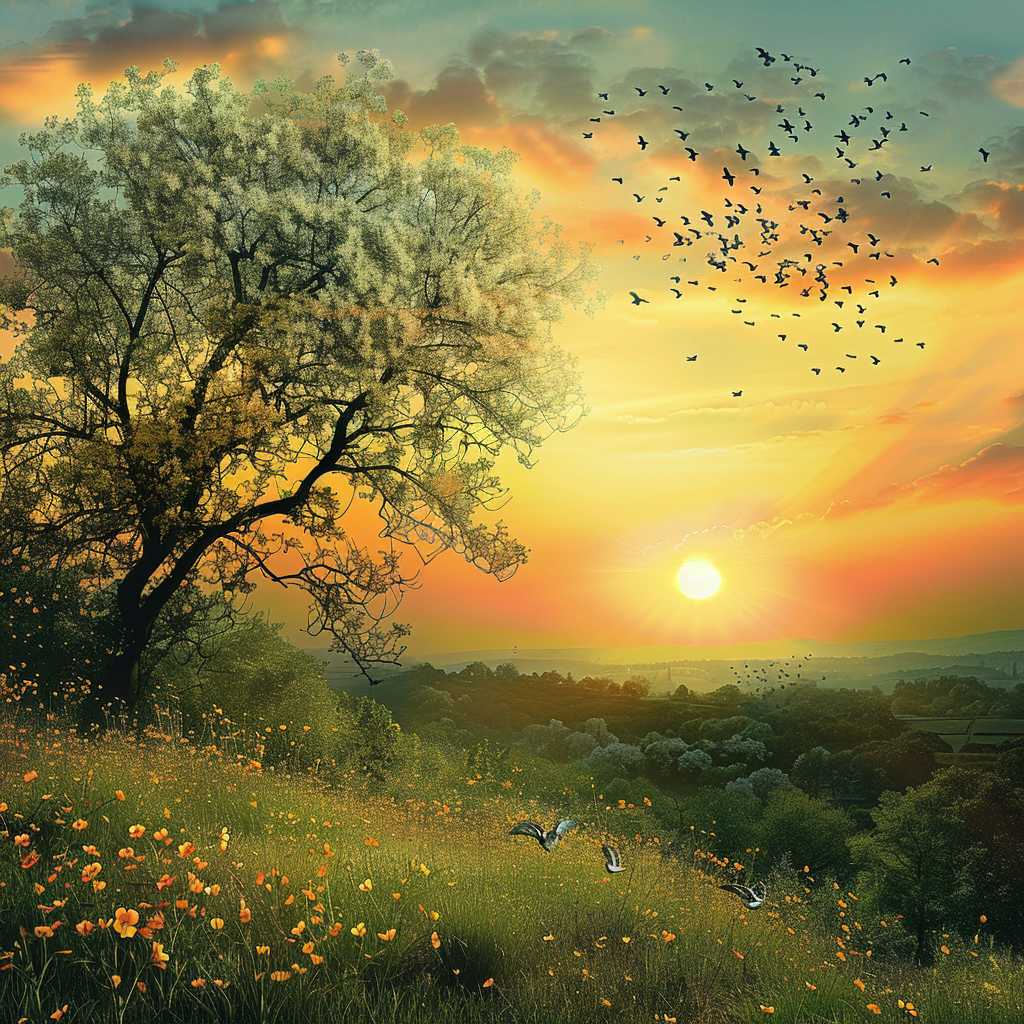Understanding the First Day of Spring: Celebrations and Significance Across the Globe
The first day of spring, also known as the spring equinox, marks a significant point in the Earth’s journey around the Sun. It signals the end of winter and the beginning of warmer days, with cultural and scientific importance that has been observed and celebrated by various civilizations throughout history. This article delves into the intricacies of the first day of spring, how different cultures celebrate this time of year, and why it continues to captivate us.
What is the Spring Equinox?
The spring equinox occurs when the Sun crosses the celestial equator from south to north. This event happens twice a year, once in March (marking the vernal or spring equinox in the Northern Hemisphere) and again in September (signaling the autumnal equinox). On these two days, daylight and night hours are approximately equal, creating a balance between light and darkness.
Scientific Significance of the Equinox
The science behind the equinox is deeply rooted in the Earth’s axial tilt and its orbit around the Sun. The tilt of 23.5 degrees results in different parts of the globe receiving varying amounts of sunlight throughout the year, leading to changes in seasons. While the concept might seem straightforward, its implications on our environment and climate systems are profound.
Cultural Celebrations Around The World
Throughout history, many cultures have recognized the importance of the equinox and celebrated it in myriad ways:
Ancient Festivals and Traditions
Ancient civilizations often planned their calendars around solar events such as equinoxes. For example, in Mexico, Mayans built the Chichen Itza pyramid to align with the equinox, culminating in a display of light and shadow that resembles a snake crawling down a staircase – symbolizing Kukulkan, their feathered serpent god.
Modern Day Observances
Today, customs range from spiritual practices to community events. In Japan, the vernal equinox is a national holiday known as Shunbun no Hi. In Iran, Nowruz marks not just the new season but also a new year on the Persian calendar, a time for visiting family and cleansing rituals.
Spring as a Metaphor for Renewal
Spring symbols like blossoming flowers, greenery, and the return of migratory birds portray rejuvenation and growth. Literature, art, and music have long celebrated this sense of rebirth that accompanies the first day of spring.
Environmental Impact of Changing Seasons
The first day of spring also brings about significant environmental shifts. Animals come out of hibernation or start seasonal migrations. Plants awaken from wintertime dormancy with buds that burst into leaves and flowers. The seasonal transformation influences not just wildlife but also human agricultural practices.
Imbalances Due to Climate Change
With ongoing climate change issues, scientists are closely monitoring shifts in seasonal patterns like phenology –the study of cyclical natural phenomena. Fluctuations caused by global warming might lead to changes in species behaviors and habitats which further signifies the importance of understanding seasons and their transitions.
Observing Spring Equinox Astronomically
For astronomy enthusiasts, equinoxes provide an opportunity to observe specific celestial alignments—such as stars or constellations situated directly above well-known landmarks or within observational frameworks like Stonehenge during certain dates.
How Scientists Predict Equinox Timing
Predicting an equinox’s timing involves complex astronomical calculations based on Earth’s rotational speed and oval orbit around our Sun. Maintaining this chronology is crucial for ensuring accuracy within our calendars.
